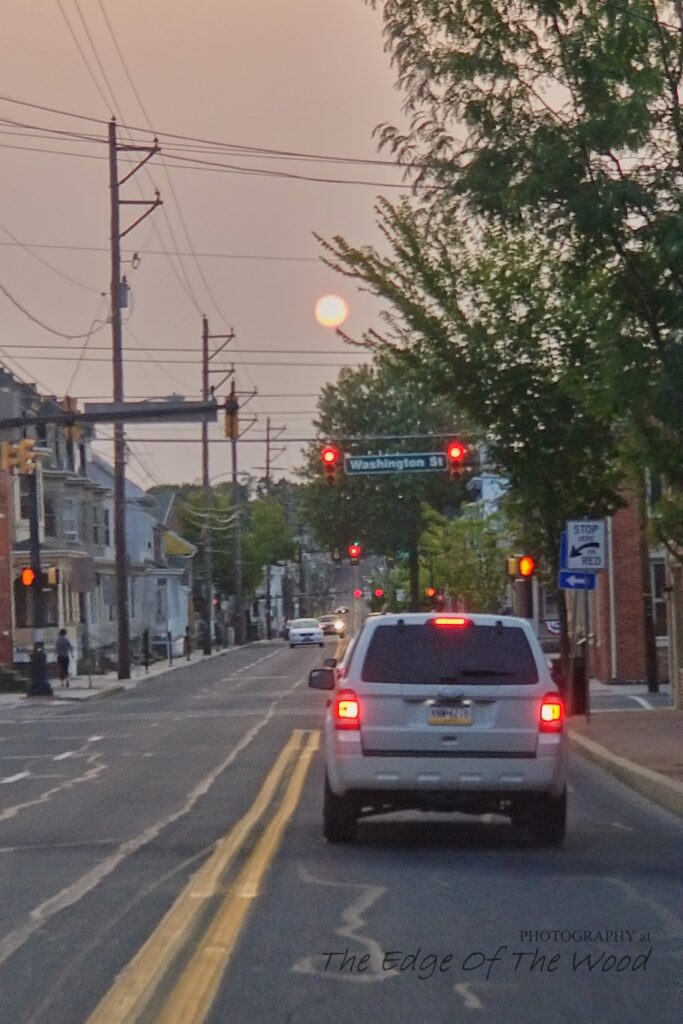
The fires in Los Angeles County make excellent television, with plenty of flames and smoke, burned hulls of homes with their former residents telling us through their tears how they’ve “lost everything.” Night after night of rerun videos of fire-fighting aircraft dropping water and chemicals on “hot spots” — a cool word some reporters repeat in reference to burned, burning and soon-to-be-burning homes, businesses and forests.
Some points have been missed in the coverage. One night, during a report on the fire, NBC newsman Lester Holt announced he had been given a list of fire sites for the benefit of those among us who did not know where the fires were burning. He then read a list of location names, but neglected to show a map so that those of us far from the flames could visualize the locations being mentioned.
The online version of the Washington Post this week presented a series of videos of water and fire retardant being dropped from aircraft onto various fire sites. No one mentions, though, what it costs for a helicopter or a so-called Super Scooper airplane to pick up a load of water, and drop it on the fire, and go back for another 1,500 gallons.
In a hearing Tuesday morning, Secretary of Defense candidate Pete Hegseth criticized the Biden administration for not arranging for building several hundred ships with which the U.S. would project power on the world stage. We will not know for months how many of those ships, in terms of tax dollars, we will have dropped on the Palisades fire, and how many more we will truck into the area to rebuild the homes and systems destroyed by the flames.
Make no mistake, the losses, individual and community, are and will be staggering, though experience shows when the flames finally subside, interest in the results will feed a much longer series of much briefer news reports. After all, a nearly $18 million dollar cut in the L.A. County Fire Department budget was not newsworthy outside the county until a fire two and-a-half times the size of Manhattan grabbed New York-based TV cameras.
Insurance companies are in the business of gambling with our money. Already high insurance rates are illuminated by the taillights of insurance companies leaving the game, especially in Florida and California. Replacing the losses ain’t gonna be cheap.
There likely will be medical bills we have not yet begun to imagine. A few buildings in a corner of downtown Manhattan had firefighters and regular citizens breathing poisonous air for weeks. Two and-a-half decades after the 9-11 attack, we still not have seen the end of ill health effects of burnt furniture and building materials and decorations.
The health effects and other expenses will not be limited to a small part of coastal southern California. The winds that bring western storms to Pennsylvania will spread the effects across the continent.
In September 2020 smoke from California fires dimmed the afternoon sun on Middle Street, Gettysburg and we could smell the smoke.
In early summer 2024, we could smell more smoke from forest fires, this time in eastern Canada that blew as far west as Illinois, and then doubled back.
I used to quote a so-called “Fifty-Fifty Rule” that said anything that happened fifty years ago had always been, and anything farther than 50 miles had never occurred. That rule is rapidly being repealed.
We may be — should be — forced to redefine the word “neighbor” to mean anyone who needs our tax money to build a new home, a new hospital and a new school. We may also be — should also be — closing in on recognition that climate change is the root of a major change of life for us humans. Within the past few years, our televisions have brought us pictures of forest fires in Australia, and floods and landslides in Asia and Europe.
“When we try to pick out anything by itself, we find it hitched to everything else in the Universe,” Conservationist John Muir wrote more than a century ago. It is increasingly difficult to pretend that what we do in our own home is not our neighbor’s concern.
Text and Images ©2025 John Messeder. John is an award-winning environmental storyteller, nemophilist and social anthropologist living in Gettysburg, PA. He may be contacted at john@johnmesseder.com

Nice perspective, John. I hope more people read it!
Thanks, Jim